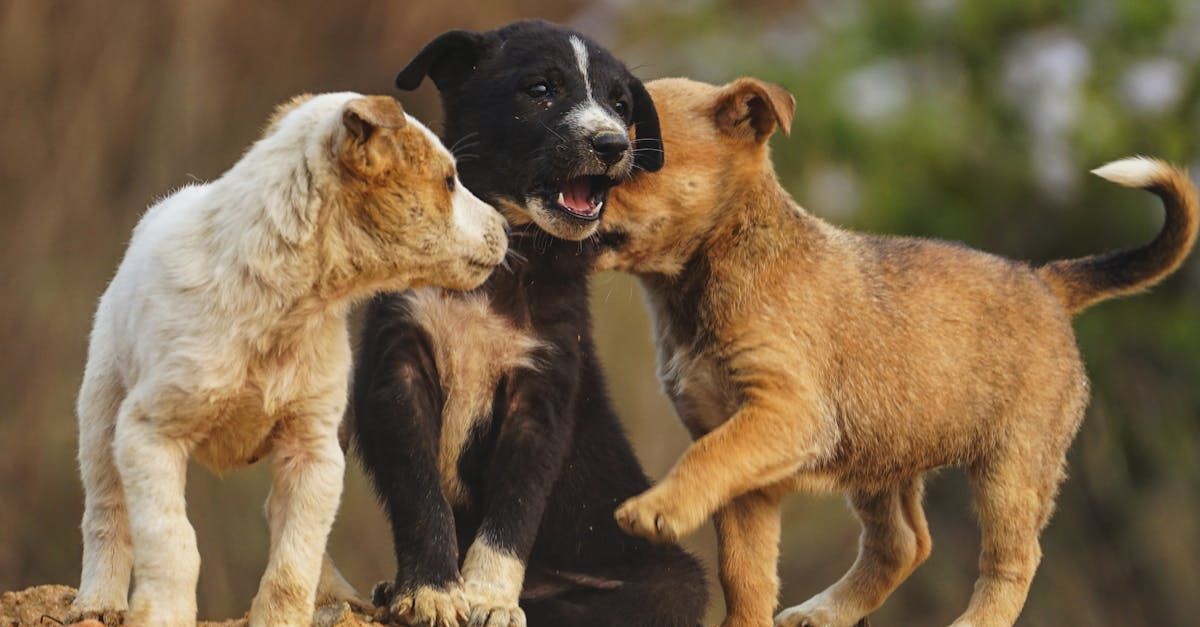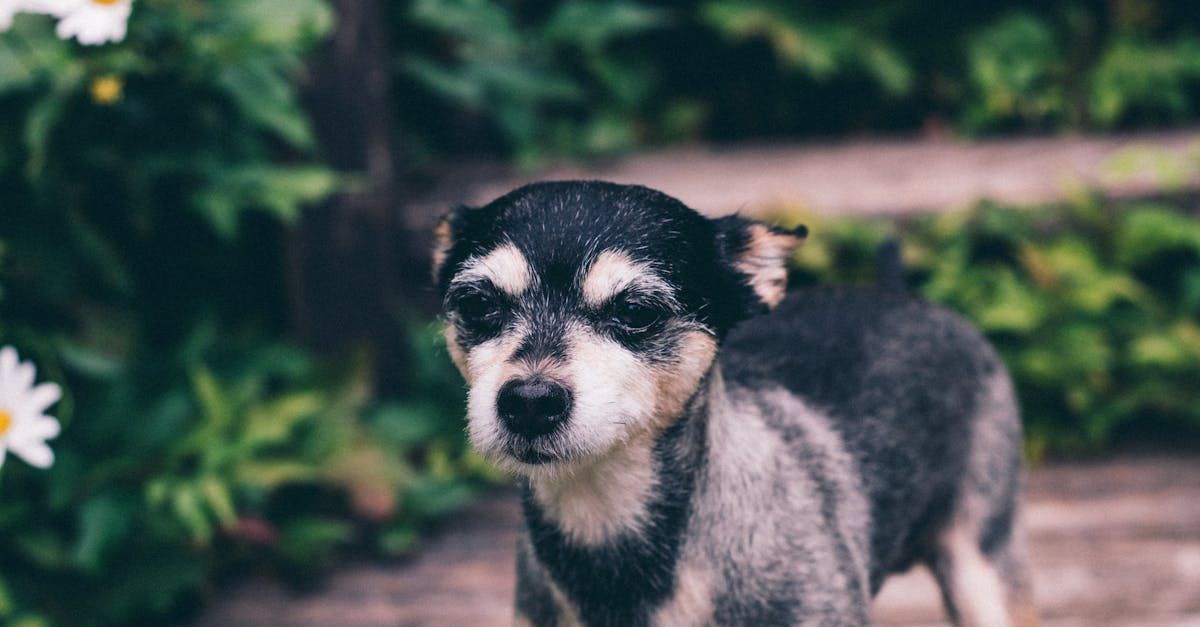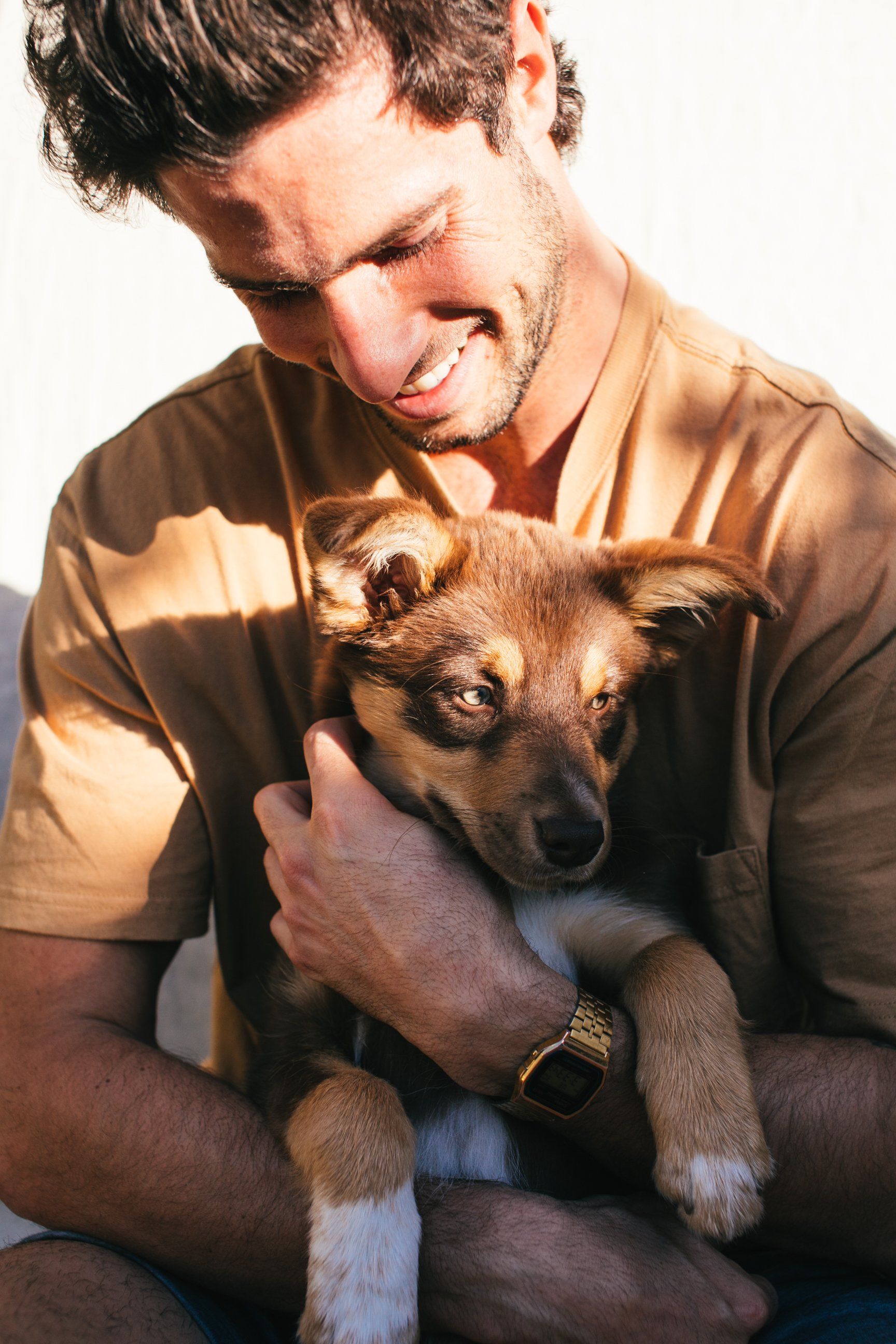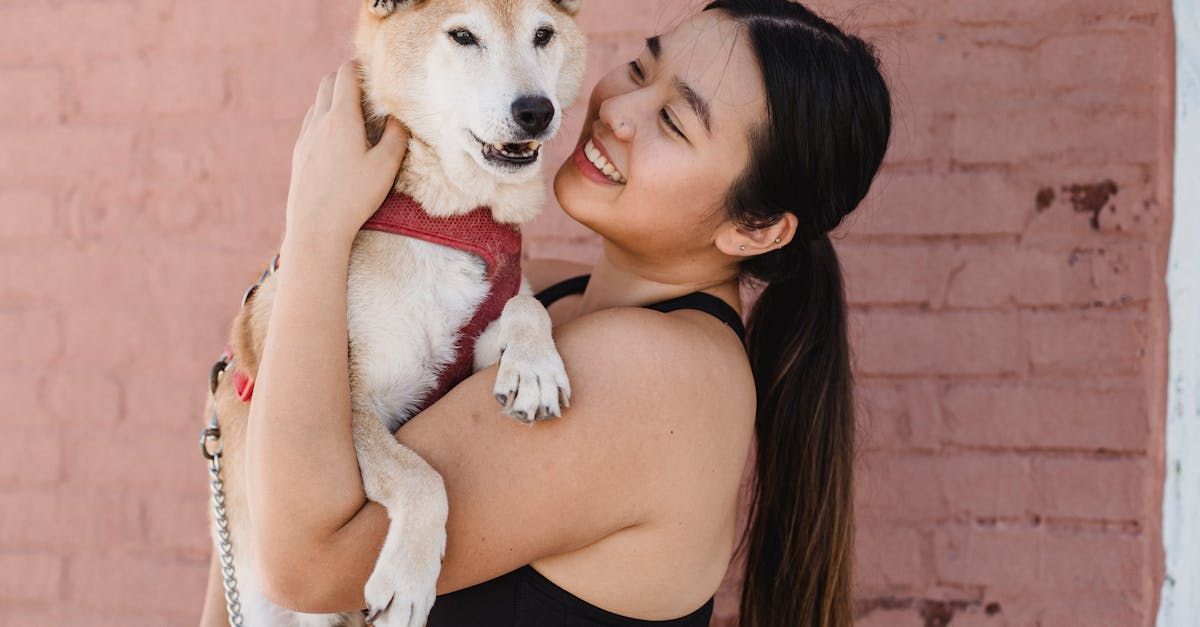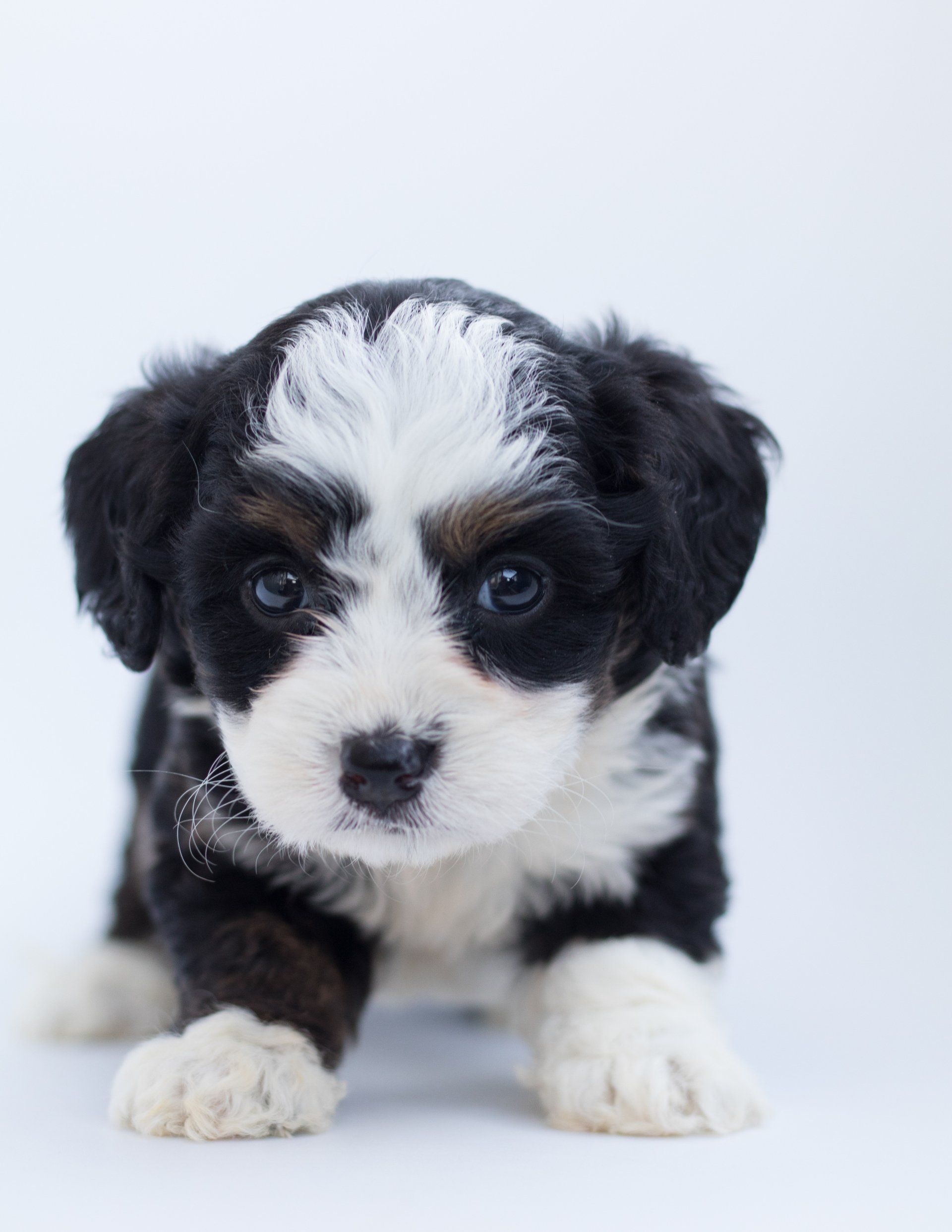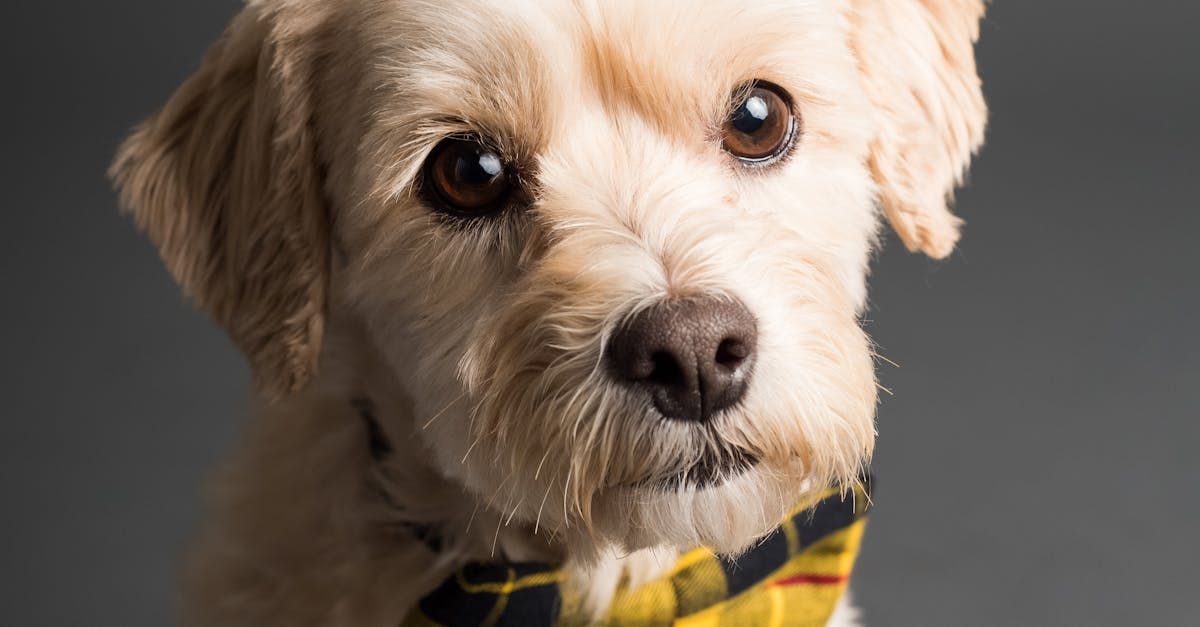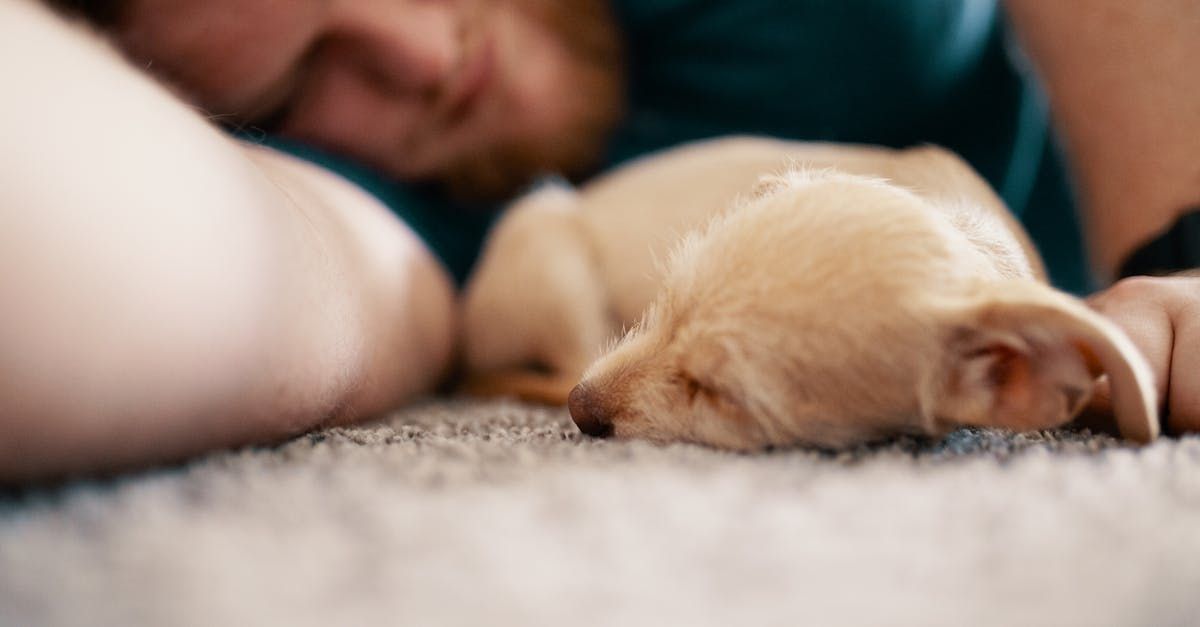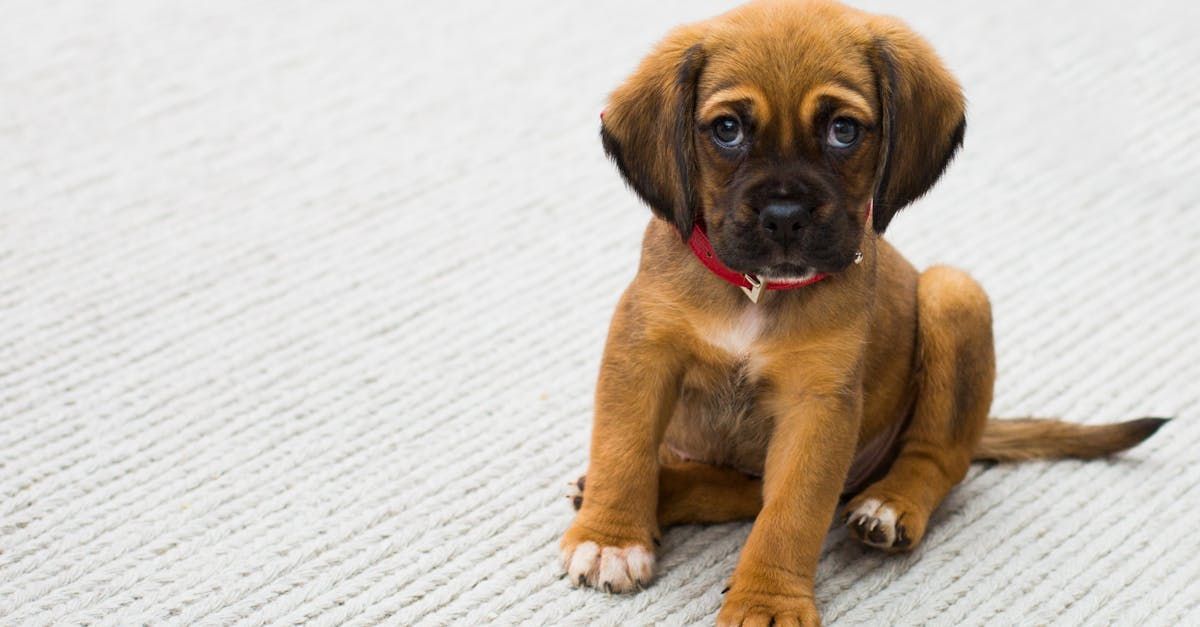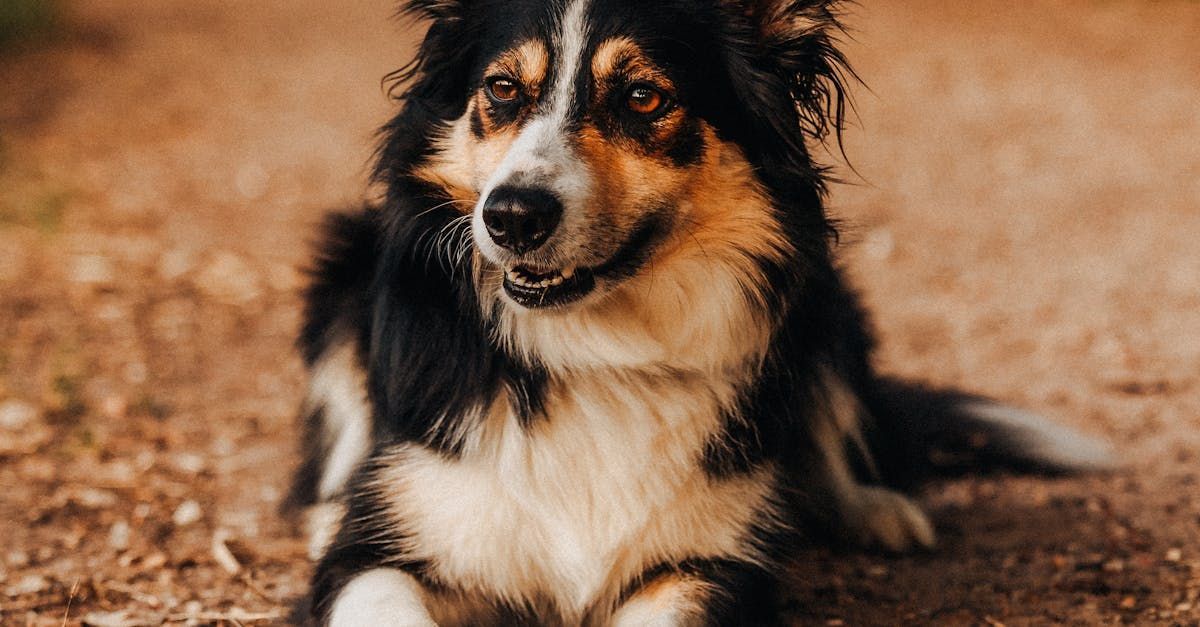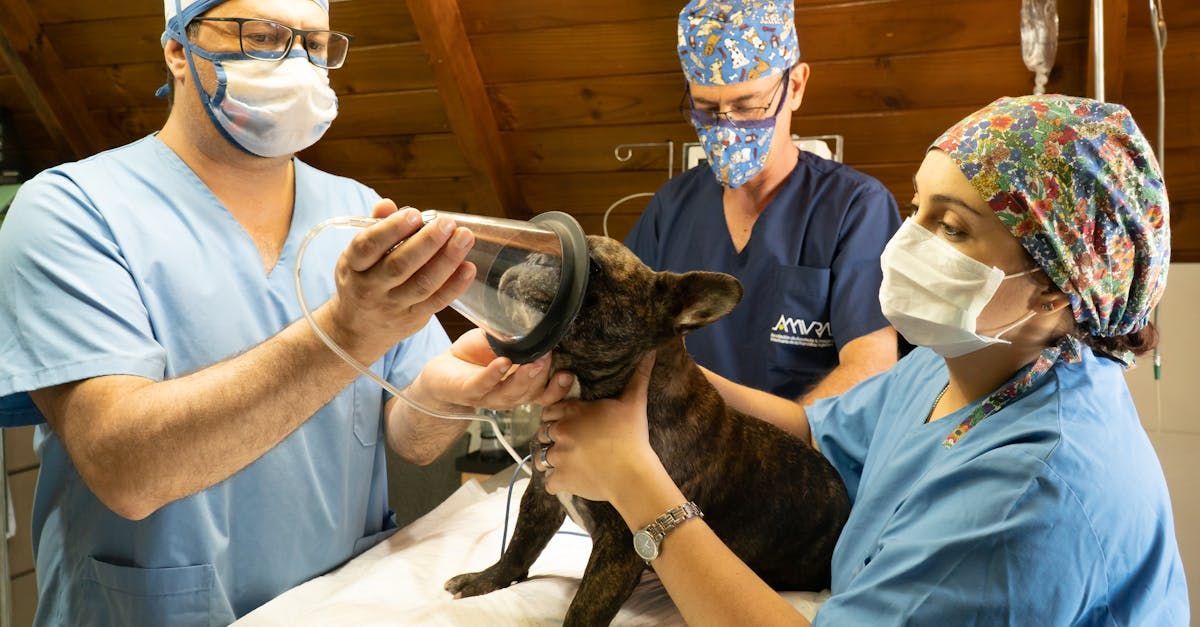How Kids Should Interact with a New Puppy
Building a Safe and Loving Relationship
Introducing a new puppy into a family with children is an exciting adventure filled with opportunities for learning, bonding, and joy. However, it's important to teach children how to interact with their new furry friend in a way that promotes safety, respect, and a positive relationship for both the puppy and the kids themselves. In this blog post, we'll explore essential guidelines and tips on how kids should deal with a puppy to ensure a harmonious and fulfilling experience for everyone involved.
Teaching Respect and Gentle Handling
Respect for Boundaries:
- Supervision: Always supervise interactions between children and the puppy, especially during the initial days when the puppy is getting accustomed to their new home.
- Gentle Handling: Teach children to handle the puppy gently, avoiding rough play, pulling on ears or tail, or any actions that could startle or harm the puppy.
Educating About Dog Behavior
Understanding Body Language:
- Teach children to recognize signs of fear, stress, or discomfort in the puppy (e.g., growling, cowering, avoiding eye contact). Encourage them to give the puppy space and not to push interactions if the puppy seems hesitant.
Supervising Playtime and Interaction
Structured Play Sessions:
- Encourage structured play sessions where children and the puppy can engage in gentle play with appropriate toys. This helps establish positive interactions and reinforces good behavior.
- Avoid Overstimulation: Ensure playtime doesn't overwhelm the puppy. Teach children to recognize when the puppy needs a break and when to give them space.
Involving Children in Care and Training
Responsibility and Bonding:
- Assign age-appropriate tasks for children to help care for the puppy, such as feeding, filling water bowls, and grooming (under supervision). Involving children in caring for the puppy fosters a sense of responsibility and strengthens their bond.
Setting Rules and Boundaries
Establishing Ground Rules:
- Family Rules: Set family rules for interactions with the puppy, such as not feeding from the table, respecting the puppy's sleeping area, and not disturbing the puppy when they're resting or eating.
- Consistency: Enforce rules consistently to help the puppy understand expectations and to ensure a safe and structured environment for everyone.
Teaching Proper Training Techniques
Positive Reinforcement:
- Use positive reinforcement techniques when teaching the puppy basic commands (e.g., sit, stay, come). Involve children in training sessions under adult supervision to promote teamwork and cooperation.
Practicing Safety Around the Puppy
Safety Measures:
- Handling Food and Treats: Teach children not to approach the puppy while they're eating or chewing on a treat to avoid accidental bites.
- Avoid Rough Play: Discourage chasing, wrestling, or roughhousing with the puppy to prevent injuries or negative behaviors.
Educating About Puppy Care and Needs
Learning Opportunities:
- Educate children about the puppy's needs, such as regular exercise, grooming, veterinary care, and socialization. Help them understand the commitment involved in caring for a puppy.
Building Empathy and Compassion
Developing Empathy:
- Encourage empathy towards the puppy's feelings and needs. Teach children to observe and respond to the puppy's cues, fostering a compassionate and understanding relationship.
Celebrating Milestones and Bonding Moments
Creating Memories:
- Celebrate milestones together, such as the puppy's first walk, learning a new trick, or snuggling during quiet time. These moments strengthen the bond between children and the puppy.
Conclusion
Interacting with a new puppy is an enriching experience that can teach children valuable lessons in responsibility, empathy, and companionship. By teaching respect, gentle handling, supervised play, involvement in care and training, setting boundaries, and prioritizing safety, children can build a loving and mutually rewarding relationship with their new furry friend.
Encourage open communication, patience, and positive reinforcement to create a nurturing environment where children and the puppy can thrive together. With guidance and support, children can develop lifelong bonds and fond memories with their beloved puppy.



